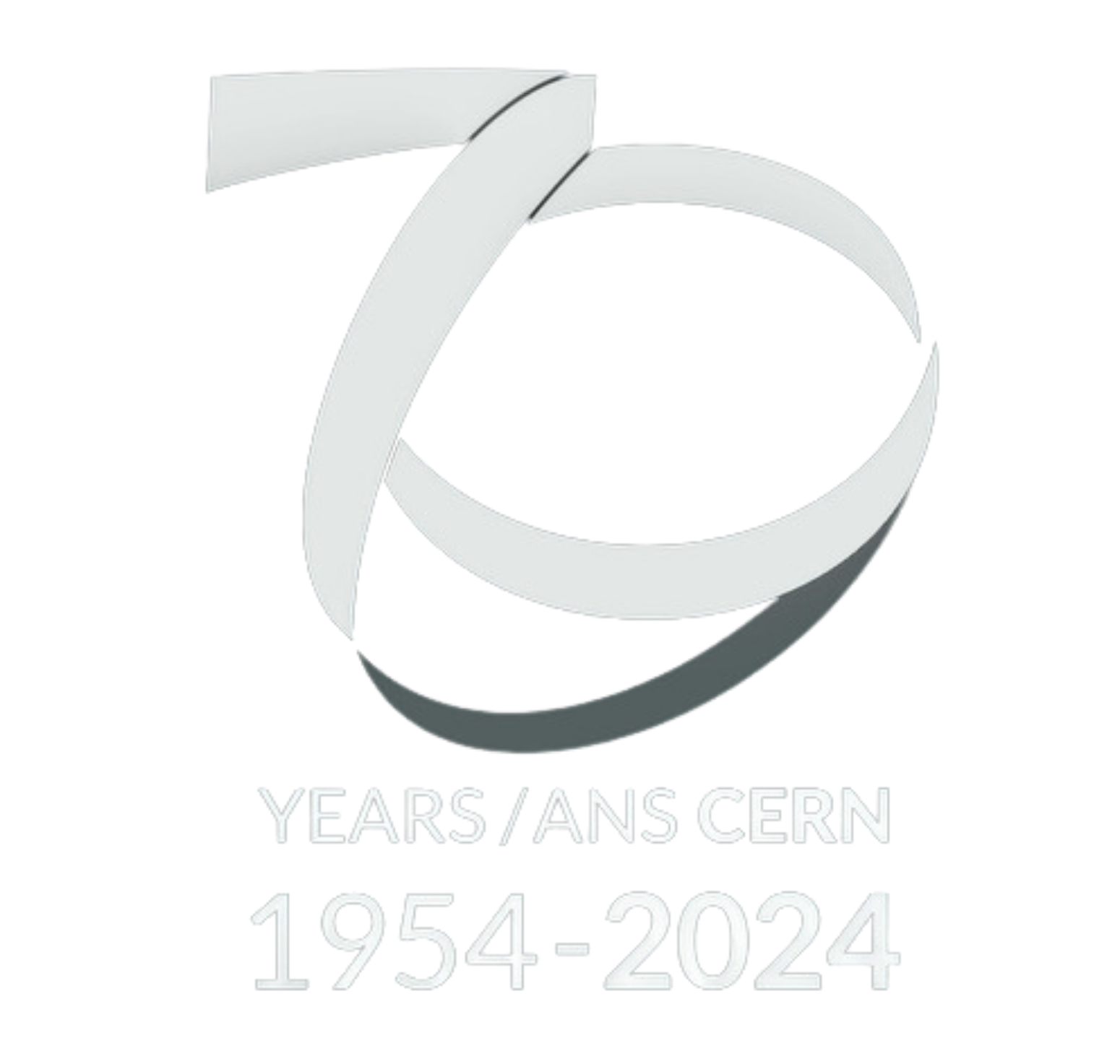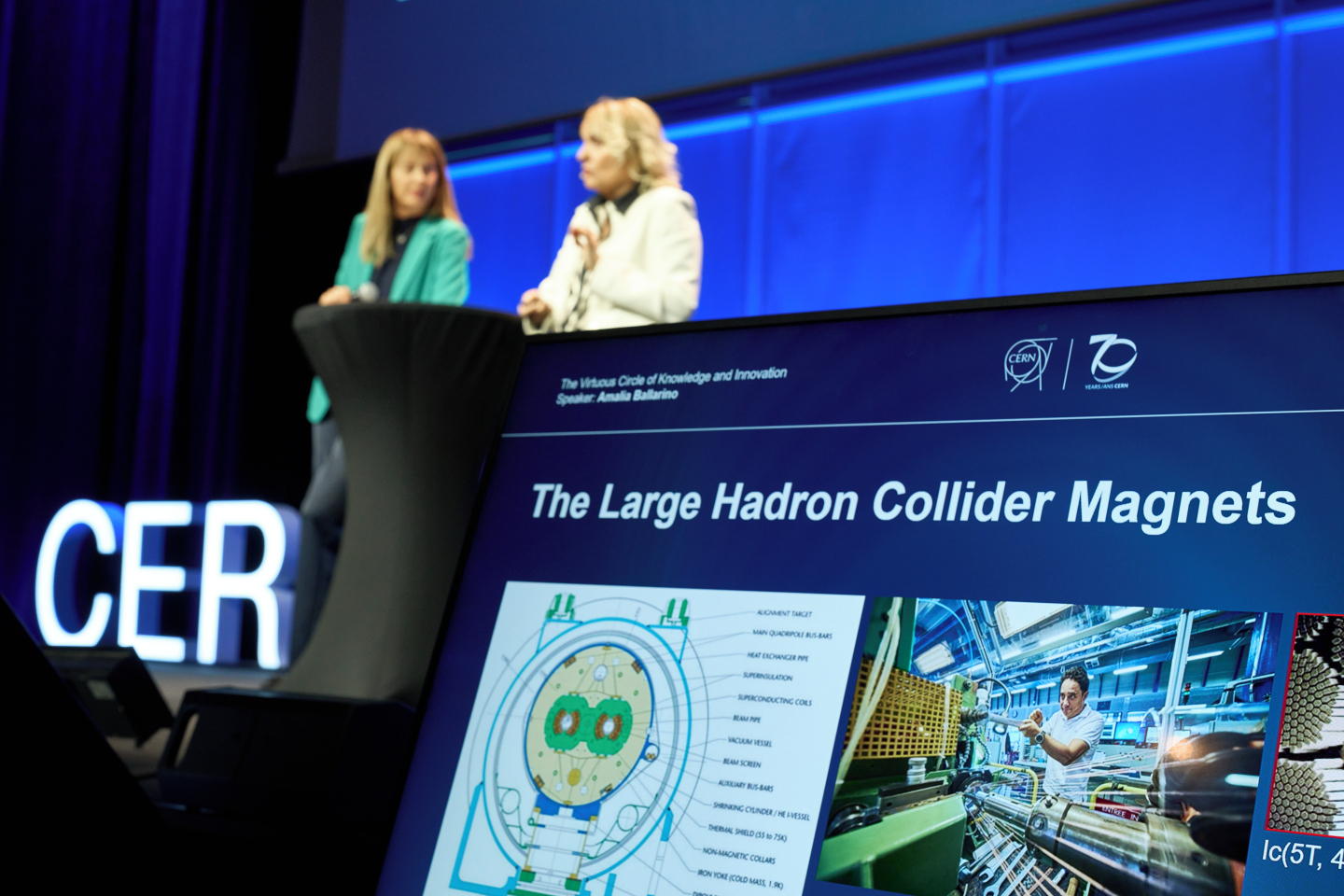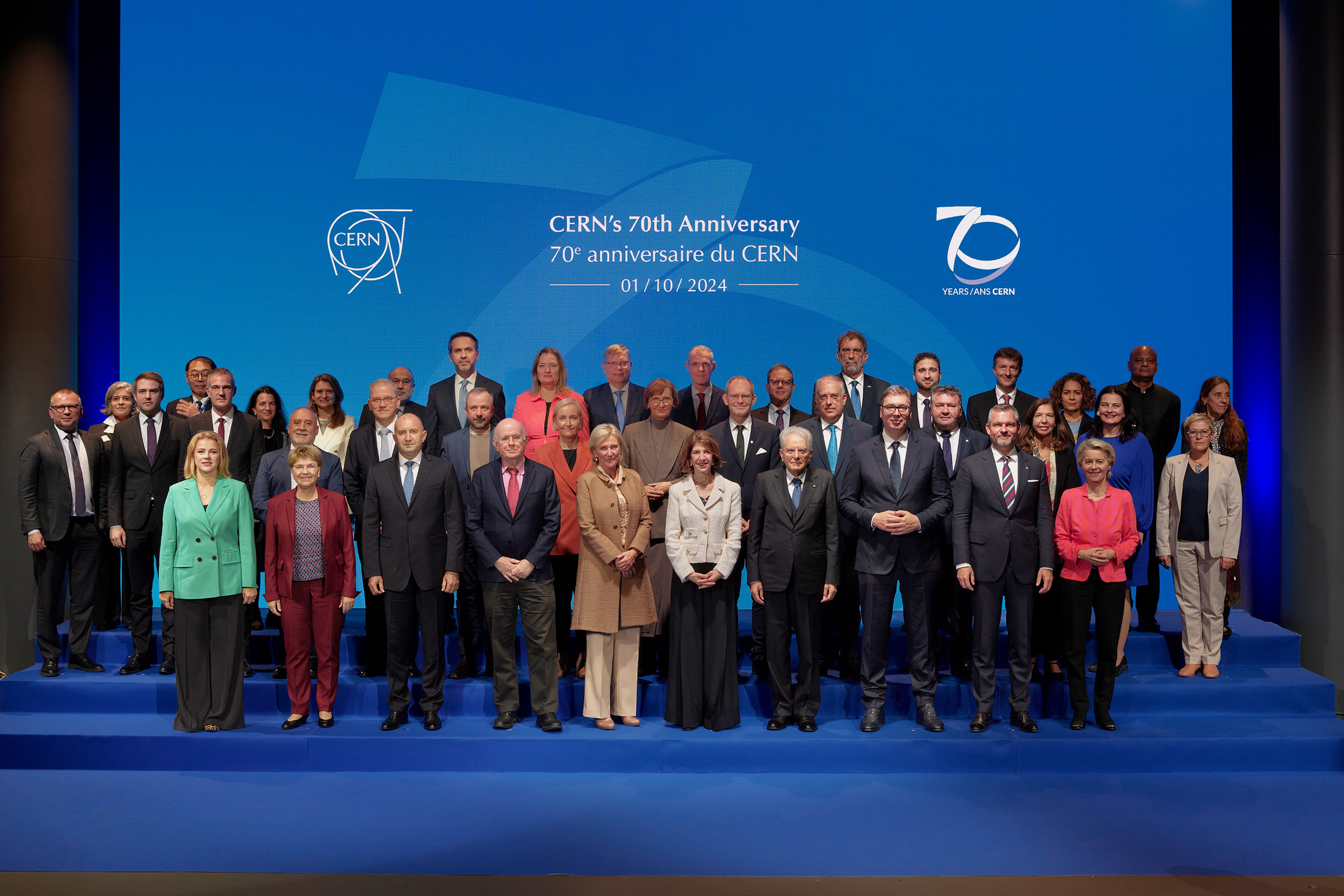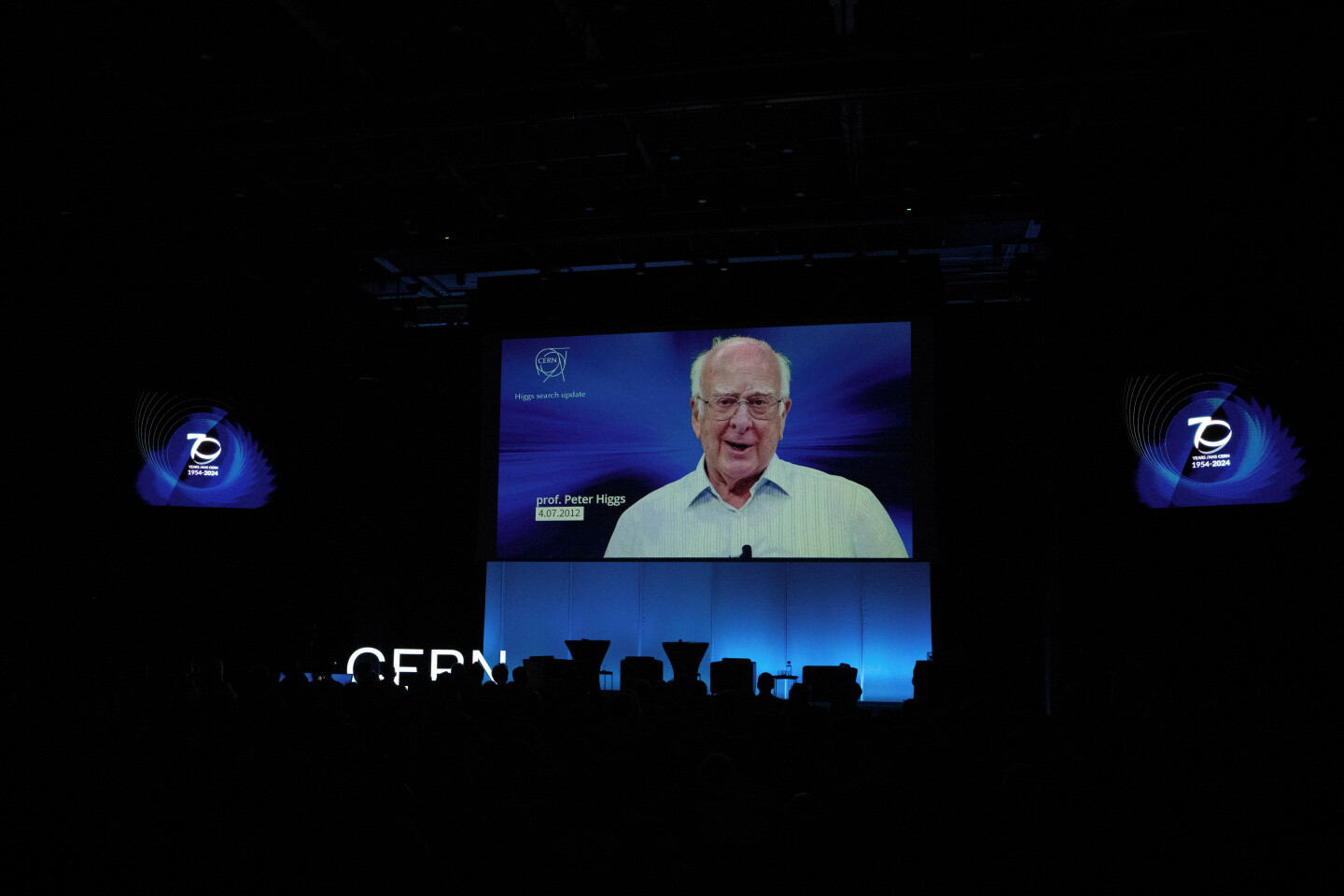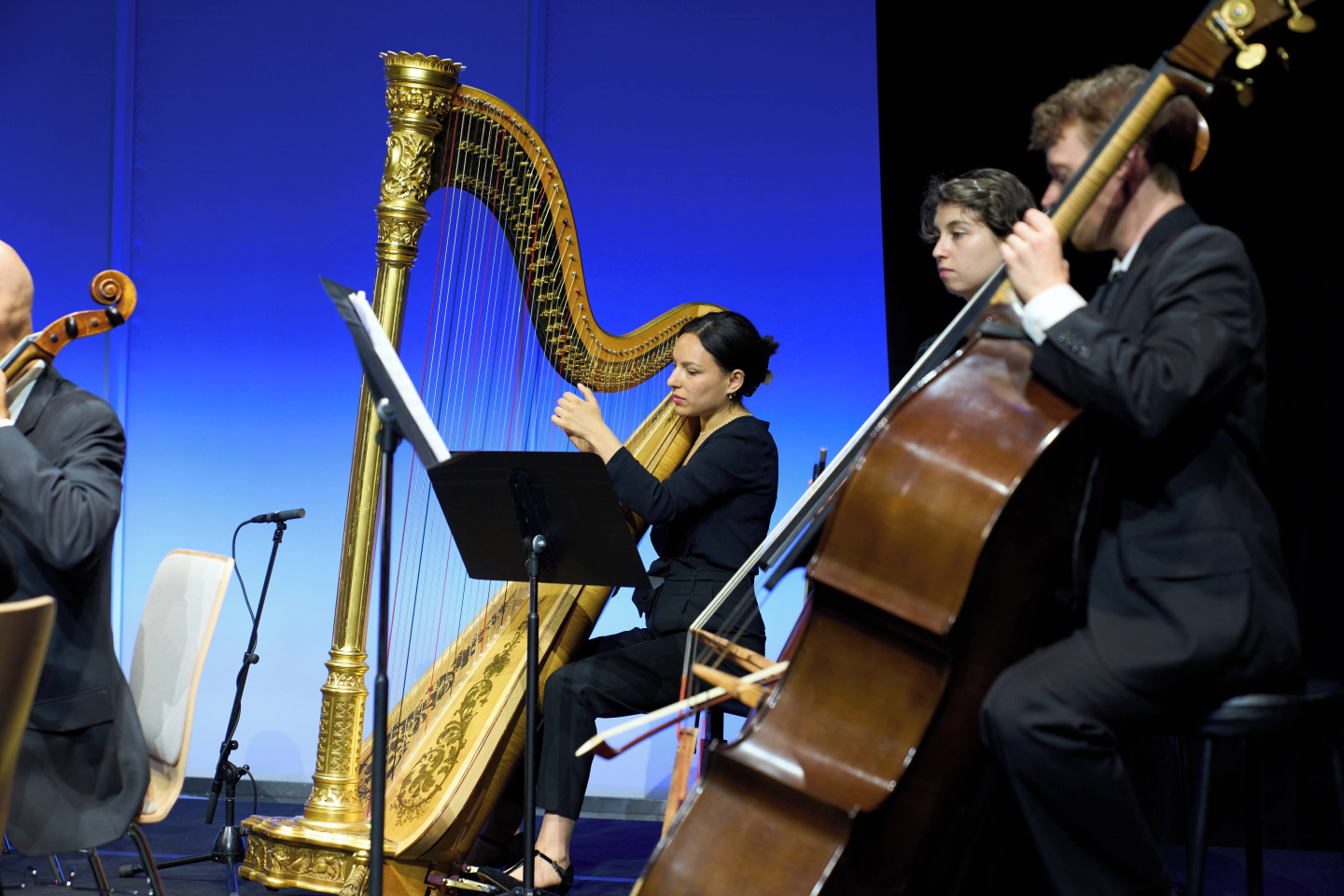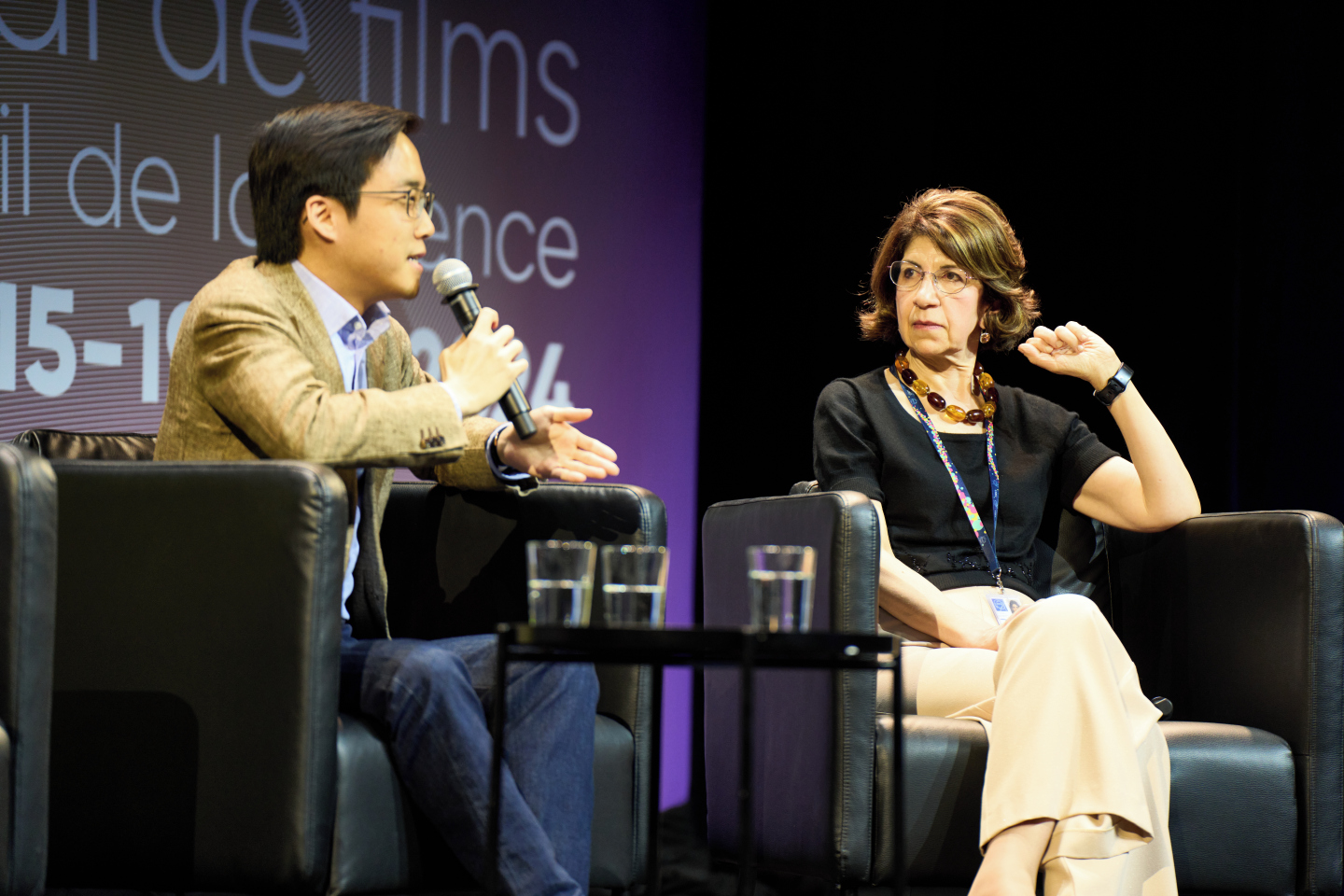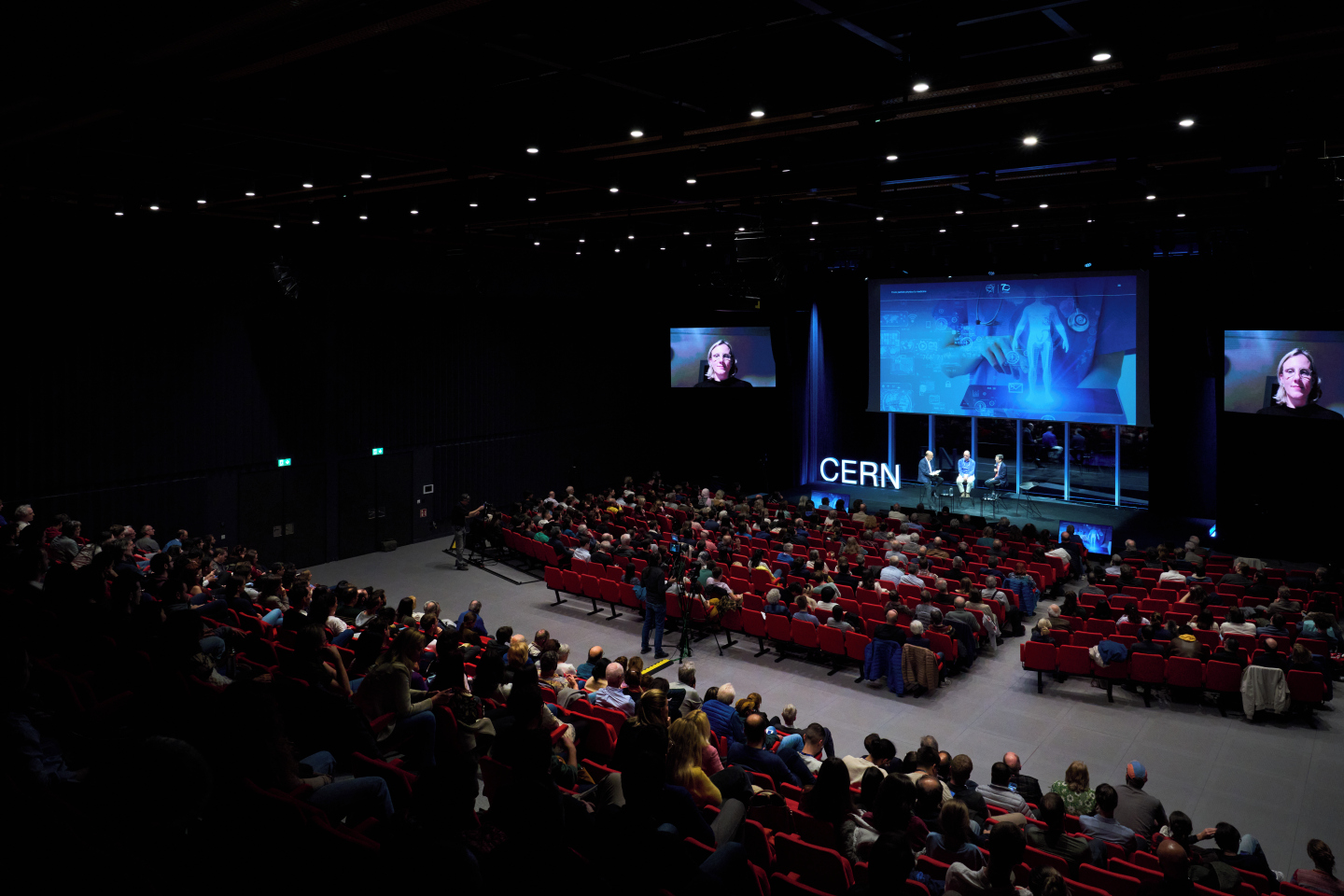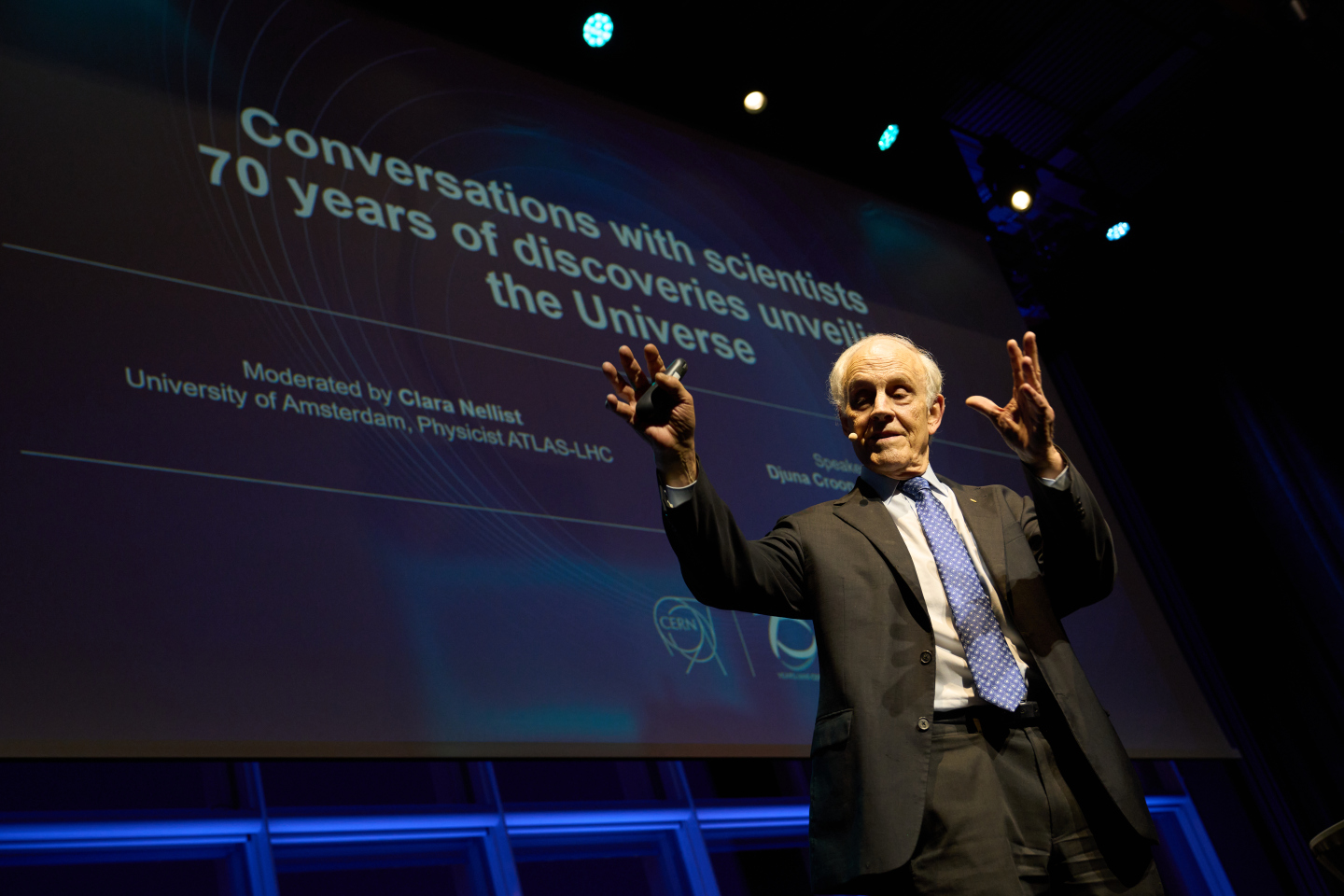From Particle Physics to New Technology and Back
Thank you for joining us for a captivating evening at CERN’s third public event celebrating our 70th anniversary. We discovered the dynamic relationship between particle physics research and technological innovation.
Advanced Particle Accelerators: we discovered how the technology behind particle accelerators extends far beyond research labs, influencing sectors like healthcare, energy and transportation.
Particle Detectors: we learned about the role of particle detectors and their surprising applications in medical diagnostics, aerospace, security and more.
Quantum Innovations: we learned about Bell’s inequalities and their pivotal role in the birth of quantum information technologies.
Hosted by Paola Catapano (CERN), the event the event brought together distinguished experts from both the scientific community and industry, including Alain Aspect (2022 Nobel Prize in Physics laureate), Tabea Arndt (Karlsruhe Institute of Technology), Amalia Ballarino (CERN), Alessandra Lombardi (CERN), Steffen Kappler (Vice President Technology & Innovation at Siemens Healthineers Innovation), Daniela Bortoletto (Oxford University), Jan Jakubek (Chief Scientist and Co-Founder of Advacam), Reinhold Bertlmann (University of Vienna), Nicolas Gisin (University of Geneva).
Speakers
70 years of discovery
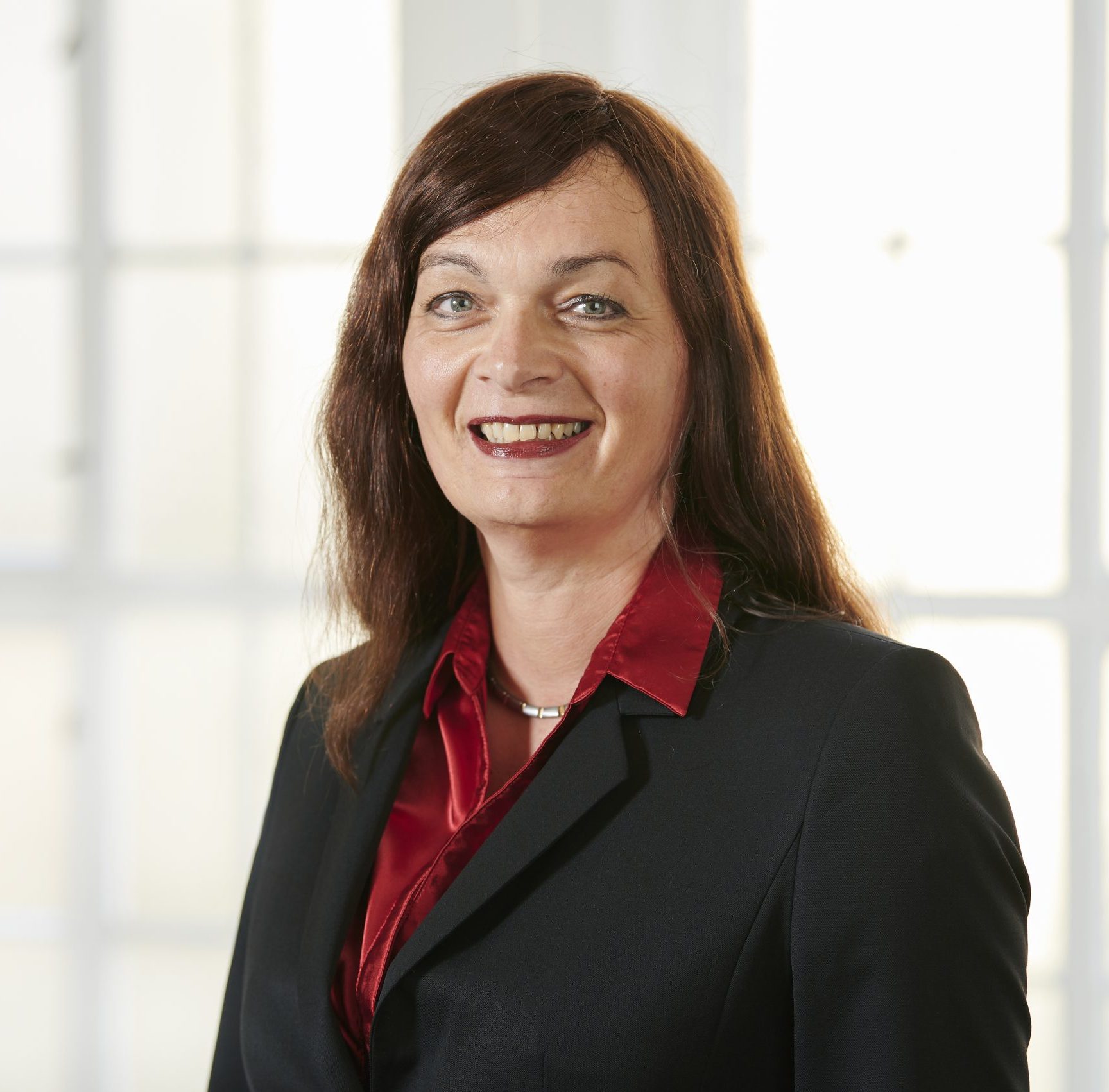
Tabea Arndt
Tabea Arndt, professor at Karlsruhe Institute of Technology (KIT), member of the board of directors at the Institute for Technical Physics (ITEP), Germany.
| Bio |
Tabea Arndt is a professor at Karlsruhe Institute of Technology (KIT) and a member of the Board of Directors at the Institute for Technical Physics (ITEP), Germany. She holds a PhD in Physics from the University of Karlsruhe, Germany. After working in Germany at Vacuumschmelze GmbH, Hanau, EAS & EHTS, Hanau, Bruker Biospin, Hanau and Siemens Corporate Technology, Erlangen, in 2019 she joined KIT, faculty of Electrical Engineering and Information Technology as a co-director of the Institute of Technical Physics leading the research field “Superconducting Magnet Technology”. She worked in a variety of publicly funded and industrial projects (NMR-, MRI-, laboratory and industrial magnets and applications in Electrical Engineering like SFCL, Motors/Generators and Cables). She was member/board member/chairperson of Conectus, ISIS and representative to ESAS, and now serves as the curator of the German Ministry of Economy and Climate’s Research Field “High-Temperature Superconductivity” in “Energy Efficiency in Industry”. Since 2008, she is a delegate to the IEA TCP HTS. Since 2016, Prof. Arndt has supported the community through short courses on large-scale aspects of superconductivity in summer schools and conferences. For a number of years, she served as a member/deputy chair of an engineering review panel for ERC grants and as a reviewer for several foundations and state organizations. Since 2021, her research field at ITEP has coordinated a collaborative research project on HTS and liquid hydrogen within the German National Hydrogen Strategy. In 2023, she received the IEEE Council on Superconductivity “Award for Continuing and Significant Contributions in the Field of Applied Superconductivity”.

Alain Aspect
Alain Aspect, Nobel Prize in Physics 2022, director of research emeritus at the CNRS, professor at the Institut d’Optique and the École Polytechnique, member of the Académie des Sciences, France.
| Bio |
Alain Aspect, an alumnus of ENSET Cachan (now ENS Paris-Saclay) and Orsay University. He is currently Professor at the Institut d’Optique-Université Paris-Saclay and Professor at the École Polytechnique. His doctoral thesis (1983), at the Institut d’Optique, focused on experimental tests of the foundations of quantum mechanics (tests of Bell’s inequalities, for which he was awarded the 2022 Nobel Prize in Physics along with John Clauser and Anton Zeilinger). After experiments on single photons, with Philippe Grangier (1984-86), he worked on laser cooling of atoms at the Kastler Brossel laboratory of ENS Paris, with Claude Cohen-Tannoudji, Jean Dalibard and Christophe Salomon. The group he founded at the Institut d’Optique in 1993 focuses on atomic quantum optics and atomic quantum simulators with degenerate gases. Alain Aspect is a member of the Académie des Sciences, the Académie des Technologies and several foreign academies (Austria, Belgium, Italy, UK, USA).
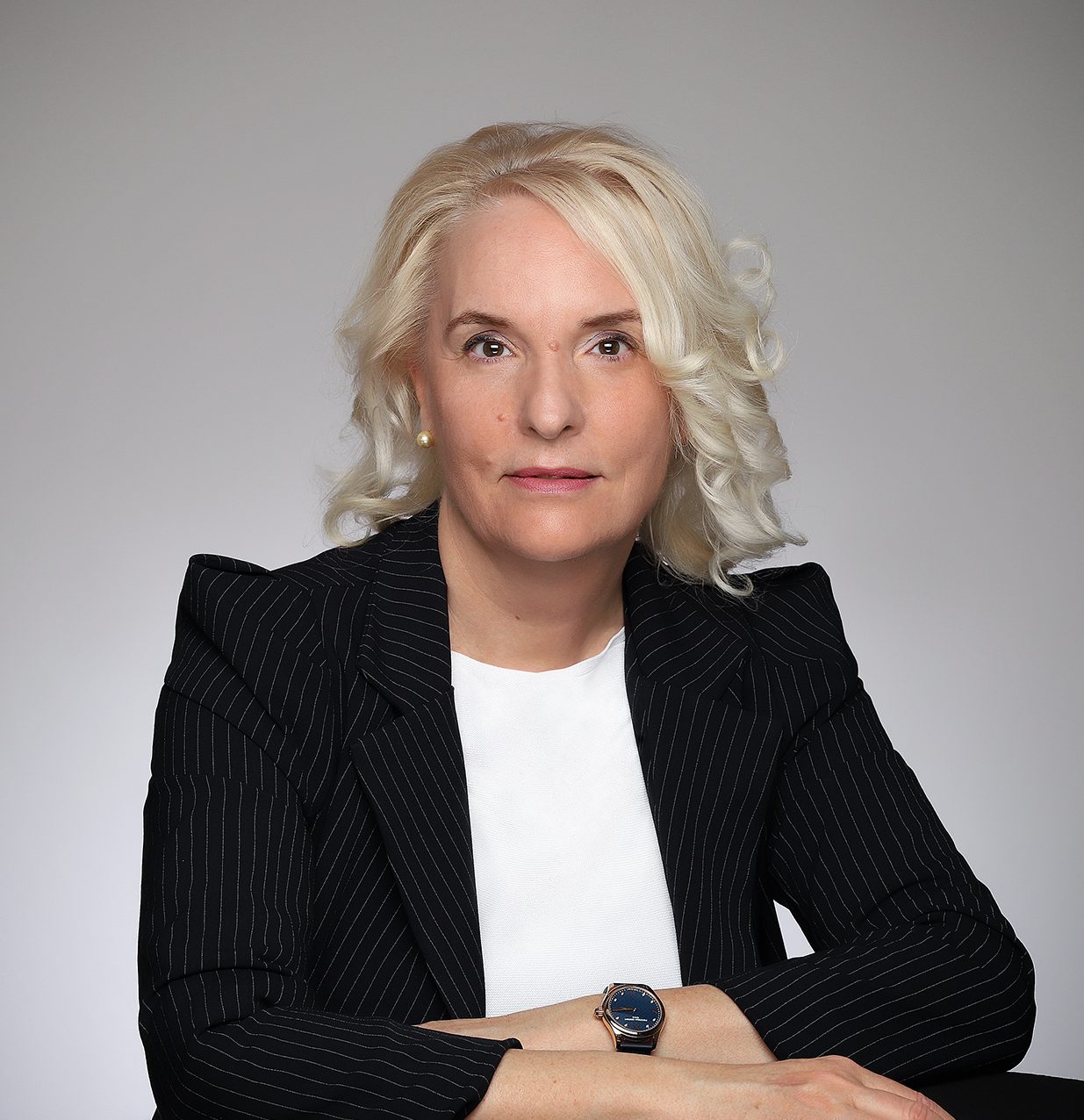
Amalia Ballarino
Amalia Ballarino, deputy head of magnets, superconductors, and cryostats group, CERN.
| Bio |
Amalia Ballarino is the head of CERN’s magnets, superconductors, and cryostats group. She earned her master’s degree and doctorate in nuclear engineering from the Polytechnic University of Turin, Italy, running her doctorate work at CERN, where she has worked since 1995. She participated in the designing of the Large Hadron Collider between 1998 and 2008. In 2006, she was named Superconductor Industry Person of the Year by Superconductor Week. In 2010, she was named head of CERN’s superconductors group. Dr. Ballarino has led the design of the electrical transmission lines for the High Luminosity LHC Project, which is scheduled to come online in 2029. In June 2020, the line broke a world record for electrical intensity, transporting 54,000 amperes across 60 metres. Her team had previously set a world record of 20,000 amperes in 2014 and patented a method for manufacturing high-temperature superconducting tape. In July 2021, she was awarded the James Wong Award from the Institute of Electrical and Electronics Engineers.
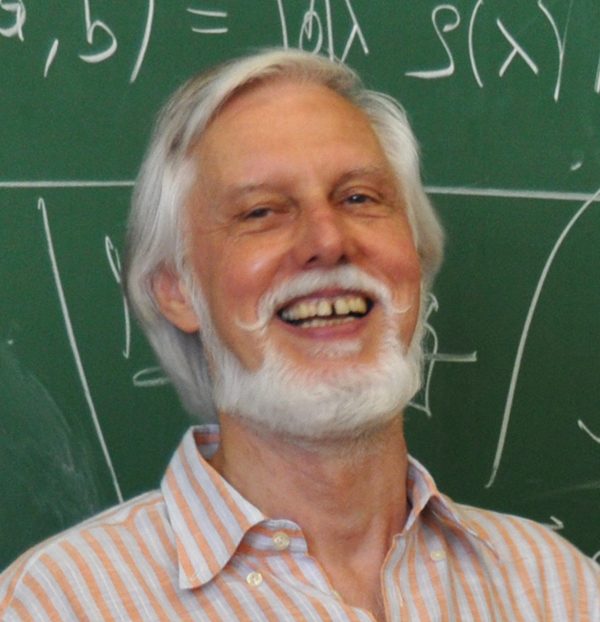
Reinhold Bertlmann
Reinhold Bertlmann, professor of physics at the University of Vienna, Austria.
| Bio |
Reinhold Bertlmann is a professor of physics at the University of Vienna, Austria. He is known for his research in particle physics, for writing the educational textbook Anomalies in Quantum Field Theory, and in the field of Bell’s theorem, in particular from the quantum comparison Bertlmann’s Socks of John Bell. Recently, Prof. Bertlmann co-authored Modern Quantum Theory book together with Nicolai Friis and the books Quantum [Un]Speakables I + II together with Anton Zeilinger. Prof. Bertlmann studied technical physics at the Vienna University of Technology and Theoretical Physics at the University of Vienna, where he received his PhD degree in 1974. He worked as a scientist in Vienna, Austria, at the JINR in Dubna, Russia, and at CERN. After his Habilitation in Theoretical Physics in Vienna in 1981 about Duality between resonances and asymptotia, he held visiting professorships in Marseille, at the University Paris-Sud and at the CNRS in France. From 1987 until his retirement in 2010, he was university professor at the University of Vienna where he is still lecturing.
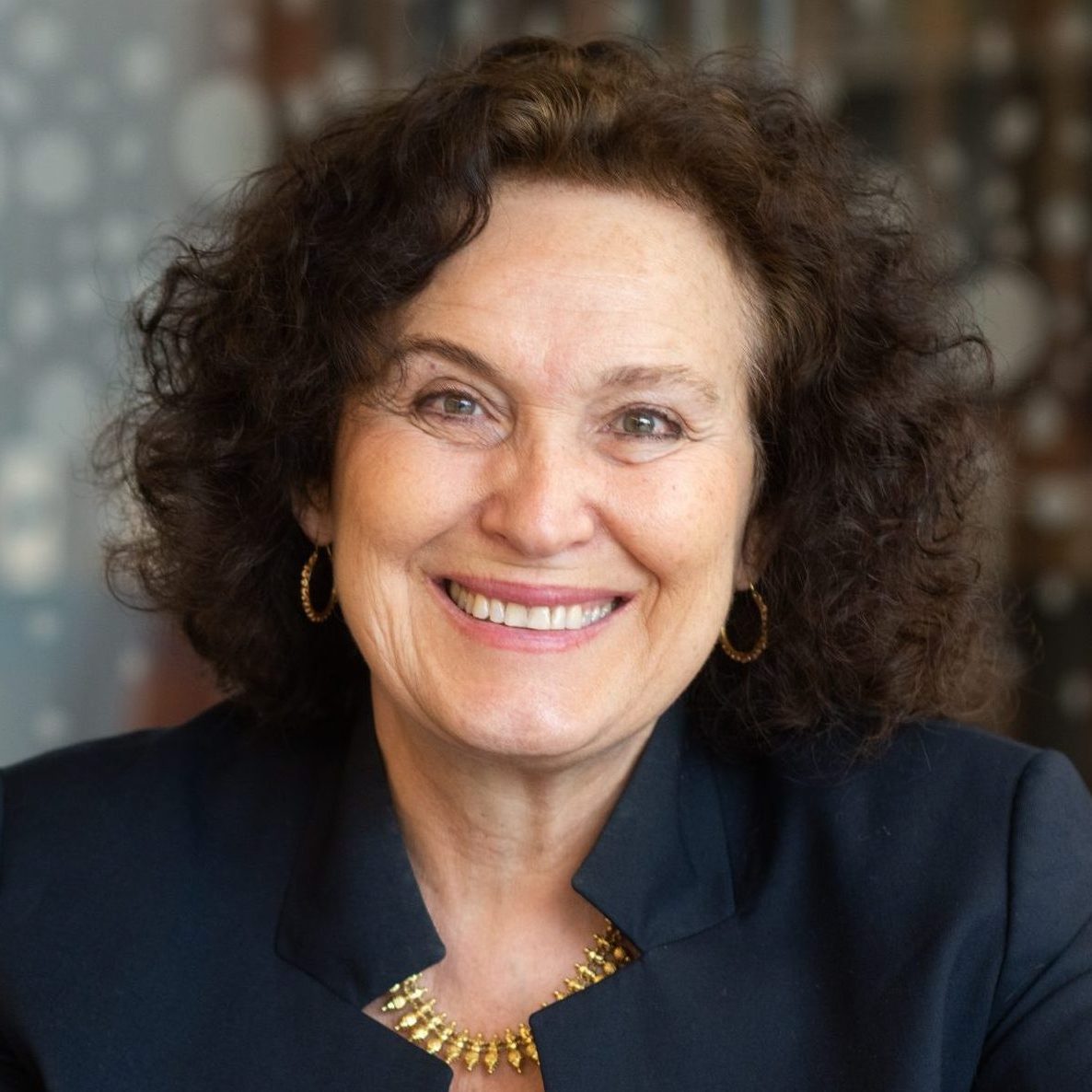
Daniela Bortoletto
Daniela Bortoletto, head of particle physics, University of Oxford, United Kingdom.
| Bio |
Daniela Bortoletto is the Head of Particle Physics at the University of Oxford, UK. Her research focuses on analysing the properties of the Higgs boson using data collected by the ATLAS experiment. Additionally, she develops innovative instrumentation for particle detection, contributing to the construction of the ATLAS silicon detector upgrade, Mu3e, and AION. Recognised for her outstanding contributions, Prof. Bortoletto has received the US NSF Early Career Award and the Alfred P. Sloan Fellowship. She is a Fellow of the American Physical Society, the American Association for the Advancement of Science and an Honorary Fellow of the UK Institute of Physics. She is dedicated to pushing the boundaries of Particle Physics while championing diversity and inclusion in academia.
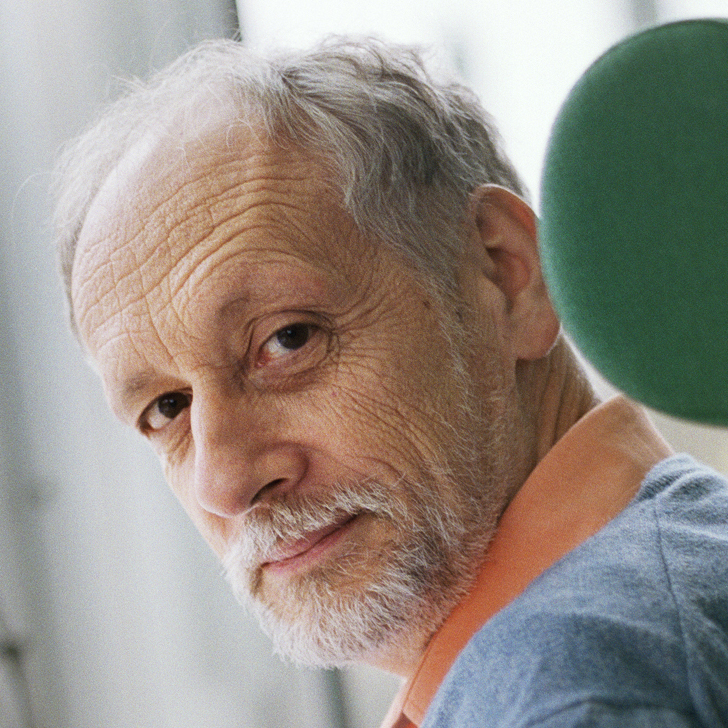
Nicolas Gisin
Nicolas Gisin, professor emeritus at the University of Geneva and professor at the Constructor University, Switzerland.
| Bio |
Nicolas Gisin is professor emeritus at the University of Geneva and professor at the Constructor University, both in Switzerland. He received his PhD in Physics from the University of Geneva in 1981 for his dissertation in quantum and statistical physics, which was recognized by an award by the “Fondation Louis de Broglie”. After a postdoc at the University of Rochester, NY, USA, he joined a start-up company, Alphatronix, dedicated to fibre instrumentation for the telecommunication industry. Initially head of the software, he quickly became responsible for the hardware-software interface. Four years later, he joined a Swiss software company developing an image processing package that received the attention of the American journal PC Magazine. In 1988, an opportunity to join the Group of Applied Physics at the University of Geneva as head of the optics section brought him back to academic life. The optics section, under the impulse of Prof. Gisin, started two new research directions: one in optical sensors and one in quantum optics. The telecom and sensing activities led to many patents and technological transfers to Swiss and international industries. More recently, the demonstration of quantum cryptography and long-distance quantum entanglement received high attention. Prof. Gisin also authored a popular book on Quantum Chance and Non-locality and co-founded several companies, among them GAP-optique, specialized in optical fibre instrumentation, and IDQ specialized in quantum communication. In 2009, he was awarded the First Biennial John Stewart Bell Prize for Research on Fundamental Issues in Quantum Mechanics and their Applications.

Michele Grossi
Michele Grossi, Quantum Technology coordinator, CERN.
| Bio |
Michele Grossi received his industrial PhD in High Energy Physics from the University of Pavia working on quantum machine learning models for boson polarisation discrimination.
He worked for several years as Quantum Technical Ambassador and Hybrid Cloud solution Architect at IBM. In his current role at CERN Michele coordinates and supervise a group of researchers focusing on application of quantum algorithm.
Main research directions are quantum machine learning and the investigation of distributed quantum computing, development of hybrid classic-quantum algorithms pipeline for theoretical experimental physics and beyond.
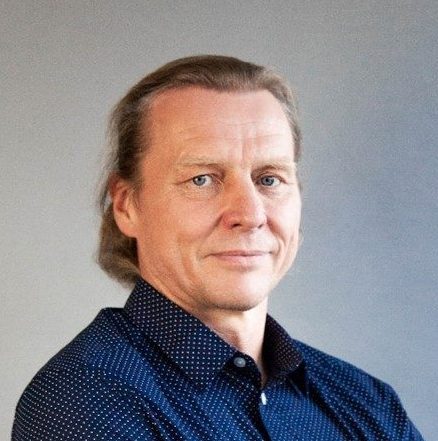
Jan Jakubek
Jan Jakubek, cofounder and scientific director at ADVACAM.
| Bio |
Jan Jakubek is the initiator and cofounder of an international and highly innovative company, ADVACAM, located in Prague, Czech Republic. As ADVACAM’s scientific director, Dr. Jakubek is responsible for R&D and innovations, bringing new imaging technologies to science and industry. Dr. Jakubek got his master’s degree in mathematics and a PhD in nuclear physics. Before establishing ADVACAM he spent more than 20 years developing advanced imaging methods and technologies for scientific experiments in particle physics. He is the author or coauthor of 500+ highly cited articles in scientific journals with 30 000+ citations, inventor or coinventor of 8 patents. His H-index is about 100. Recently, Dr. Jakubek was awarded “EY Technology Entrepreneur of the Year 2021” in the Czech Republic.
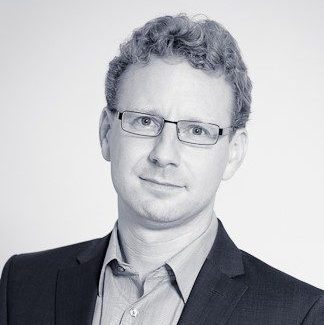
Steffen Kappler
Steffen Kappler, senior principal scientist, head of the global technology & innovation department for medical X-ray imaging products, SIEMENS Healthineers.
| Bio |
Steffen Kappler is senior principal scientist at SIEMENS Healthineers and is heading the global technology & innovation department for medical X-ray imaging products. He received his diploma and PhD in physics from Karlsruhe University, Germany. He worked as a doctoral student scholar in the gaseous detectors department at CERN, was an assistant lecturer for particle physics at RWTH Aachen, Germany, and was a visiting researcher at Fermilab, USA. Dr. Kappler joined SIEMENS in 2007. He is the author of many publications, holds numerous patents, and was awarded SIEMENS Inventor of the Year in 2015 for his achievements in Photon Counting Computed Tomography. In the last years, Dr. Kappler has put additional focus on computer vision for medical workflow automation and artificial intelligence for X-ray image interpretation.
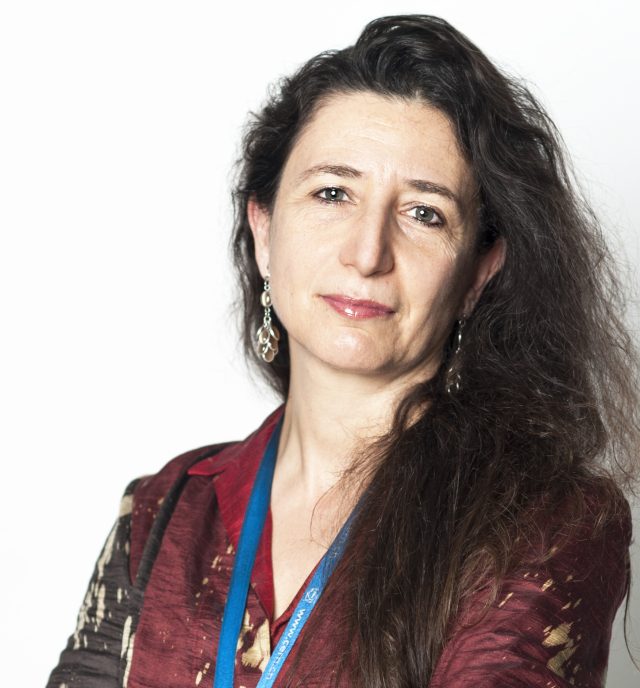
Alessandra Lombardi
Alessandra Lombardi, senior accelerator physicist, CERN.
| Bio |
Alessandra Lombardi is a senior accelerator physicist at CERN. She is an expert with linear accelerators, and she lead the commissioning of the new Linac4 accelerator that will provide beams to the LHC in the coming years. She develops guidelines for the design of linear accelerators, with special emphasis on their use in medial and societal applications, such as hadron-therapy facilities. Dr. Lombardi was part of the team who realised a new High-Frequency Radio Frequency Quadruple (RFQ), to be used in hospitals for cancer treatment and in art diagnostics..
